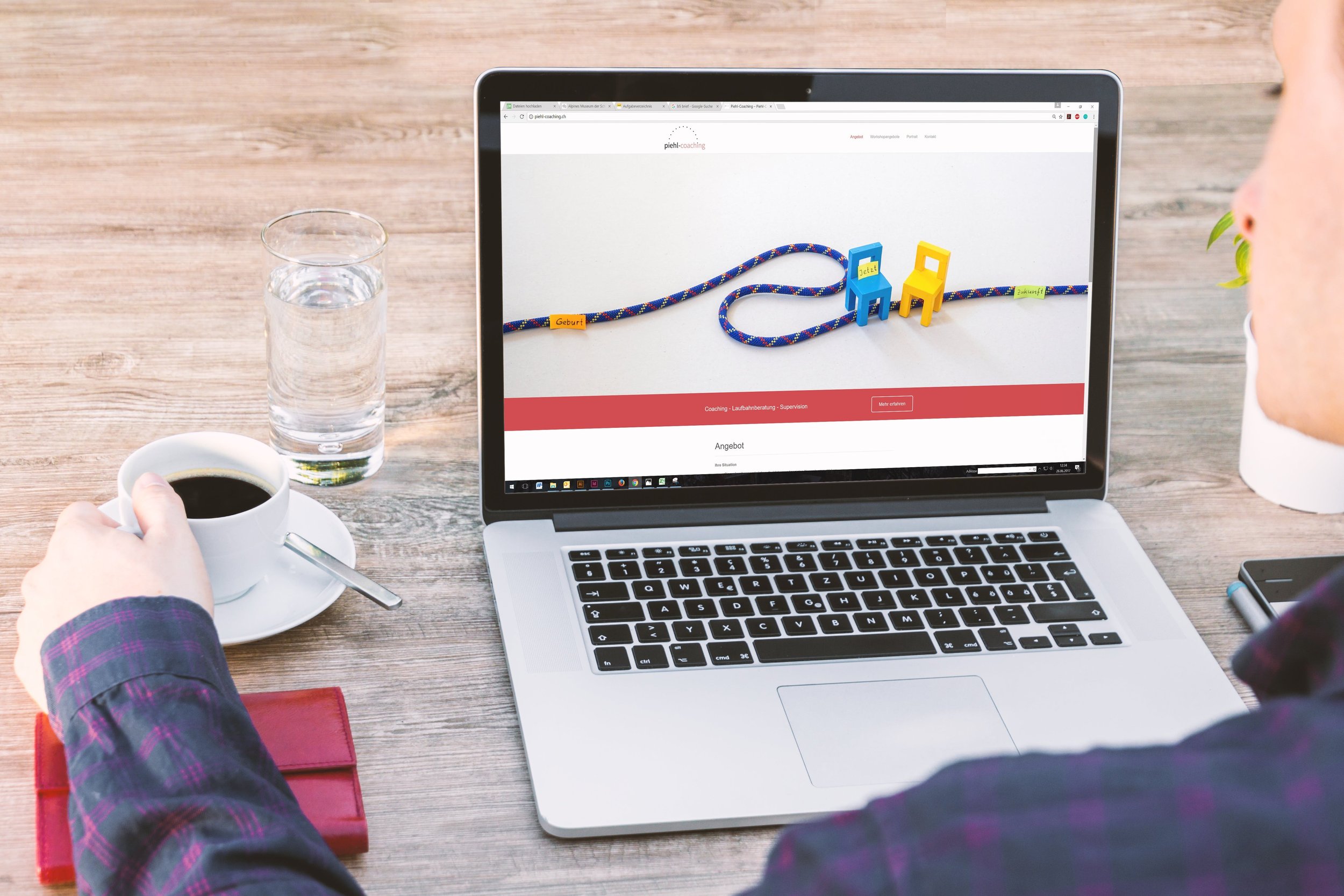Crisis Communication: Do You Need to Update Your Homepage?
In the time of COVID-19, we marketers have to ask ourselves a few important questions;
What is the appropriate response from our organization during a time like this?
Do we have a crisis communication plan?
How do we communicate new policies, changed hours, or closings to our customers ASAP?
We know it can be tricky to pick the right move in a crisis. One of the first things you should consider is updating your website’s homepage.
This is the #1 place that people will go to search for key information about your business or organization. They want to know if you have announcements like shipping delays or staffing changes, or if you’ll have to be shutting down, and they’re likely to Google your company name as the first step.
Times like these are rare cases when we recommend prioritizing your website, followed by your social media. Think about the most vital questions your customers are likely to ask about your business right now and prioritize that information to go up on your homepage.
To help you figure out what information to add and what else you can do to get the right information to the right people, consider these five things:
1. A short explanation of your altered hours or policies
Keep it simple, but be clear about the expectations customers should have for your business over the next few weeks or months.
For brick and mortar stores, share whether or not you will be open or if you have altered hours, and if you are offering pick-up or delivery options. For online stores, share any shipping delays and stock changes.
If you’re a non-profit or service-based organization, you’re not exempt; share how people can stay connected with you and your team, and what you’re doing for your constituents. Are you shutting down for a few weeks with limited connectivity, or are you remaining available and practicing safe work from home policies? Can you still deliver the services you always do, or do you have to make changes? Don’t leave anyone wondering.
Keep your announcements short, direct, and to-the-point. If you need to explain anything in-depth, write a blog post or create a new page that you can link to from your homepage. And if the information you’re sharing is really crucial for people to see right away, add it in a banner at the top of the page or create a new graphic with a bright color.
2. Direct links to new pages or apps
You always want to make it easy for your customers to access the information they are looking for, as a rule. But when you’re in crisis mode, it’s more important than ever to make it easy to find that information.
As you add your announcements and news updates to your homepage, link directly to the key parts of your website that you mention in that text. Don’t make anything difficult to find, and don’t be afraid of linking to the same thing multiple times to be as clear as possible. Make those links bold, italics, whatever you need to do to show that it’s important.
3. Your menus and navigation
Now is the time to check that your menus and site navigation are simple and easy to understand. Go through every menu at the top of your homepage and make sure the most important information is obvious.
Don’t wait to get an outside opinion; grab a friend who needs to burn some quarantine time, and invite them to do a screen share with you so you can watch them click around your website. Consider this some quick and dirty user testing, so you can see if anything is confusing, not clear, hard to find, or just looks weird.
And don’t forget to check if the footer at the bottom of your homepage has helpful navigation links too; it’s generally bad practice to make your customer scroll unnecessarily.
4. Updated text that takes the news into account
Now that you’ve checked your links and news, you should make sure that your copy is not tone-deaf to the reality of pandemic living.
Marketing Land has a few examples of how some companies did not double-check their marketing, and it’s pretty embarrassing to see!
Depending on your industry, you may not have to make any changes, but going through your copy anyway and making sure everyone who visits your homepage will feel welcomed and confident in your business will benefit you right now and in the long run.
We probably don’t have to say this, but be sensitive; this is a difficult situation for many, many people.
5. Check how mobile-friendly your site is
Right! Now that you’ve checked through everything, pull out your phone.
Even though most people are working from home right now, mobile continues to be one of the top ways people search online. If your site is not mobile-friendly—for example, if it doesn’t load quickly or the content doesn’t fit the screen—you are likely going to lose your customer before they have time to read all that great stuff you just put on your website.
Depending on which website management platform you use, adjusting your content for a mobile screen can be a quick task, or it may require downloading a plugin that will make the necessary adjustments for you. Check your platform’s support documents or reach out to your web designer to figure out what your site needs.
Remember: in a crisis, any information is better than none!
Looking to clean up your homepage even more, or want to use this time at home productively? Check out our post about spring cleaning your homepage.


